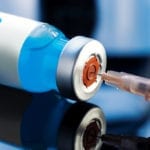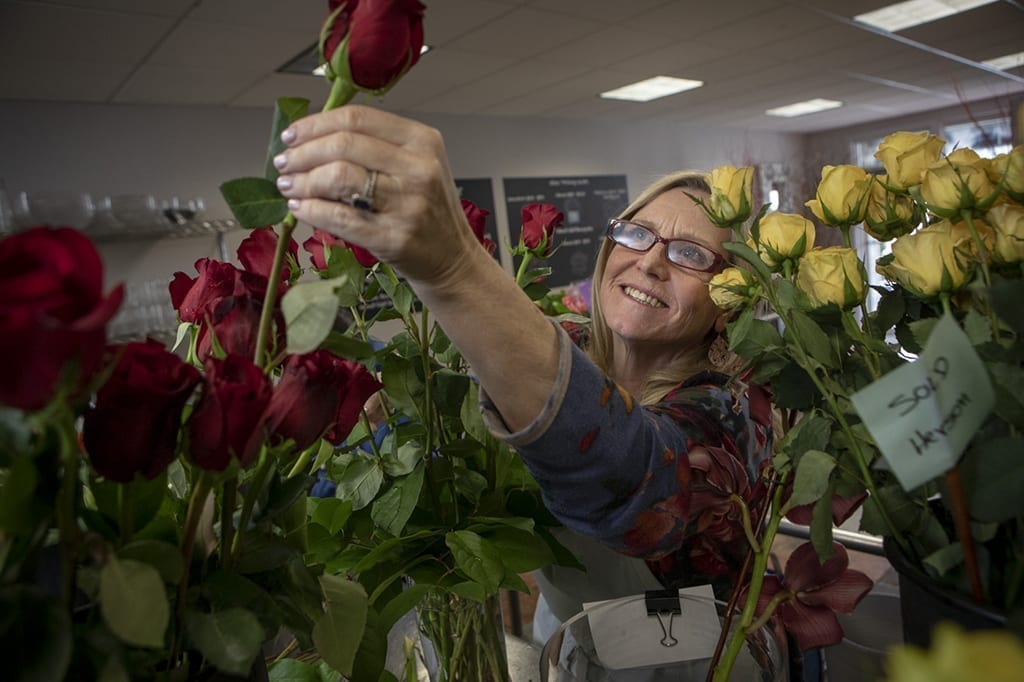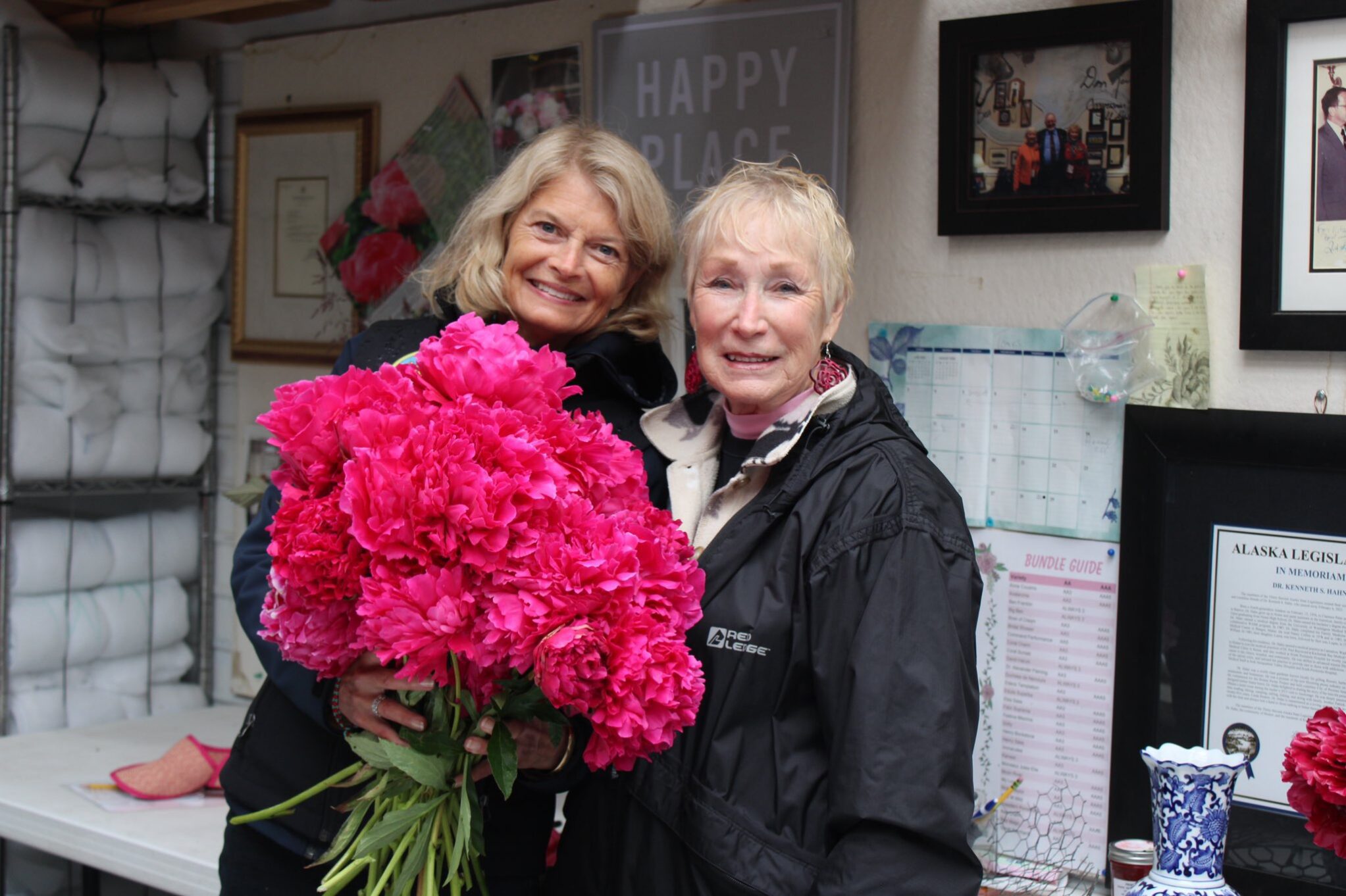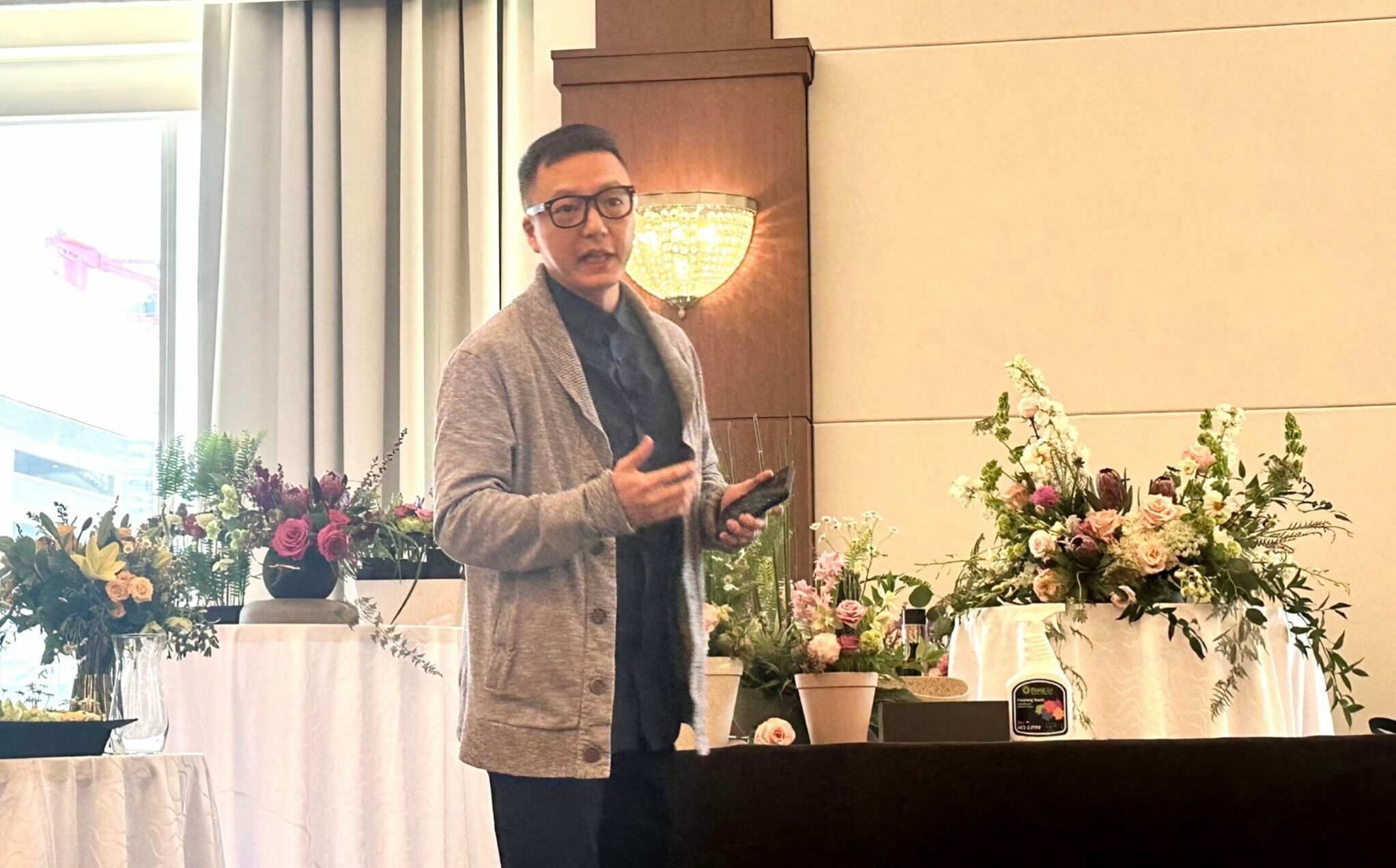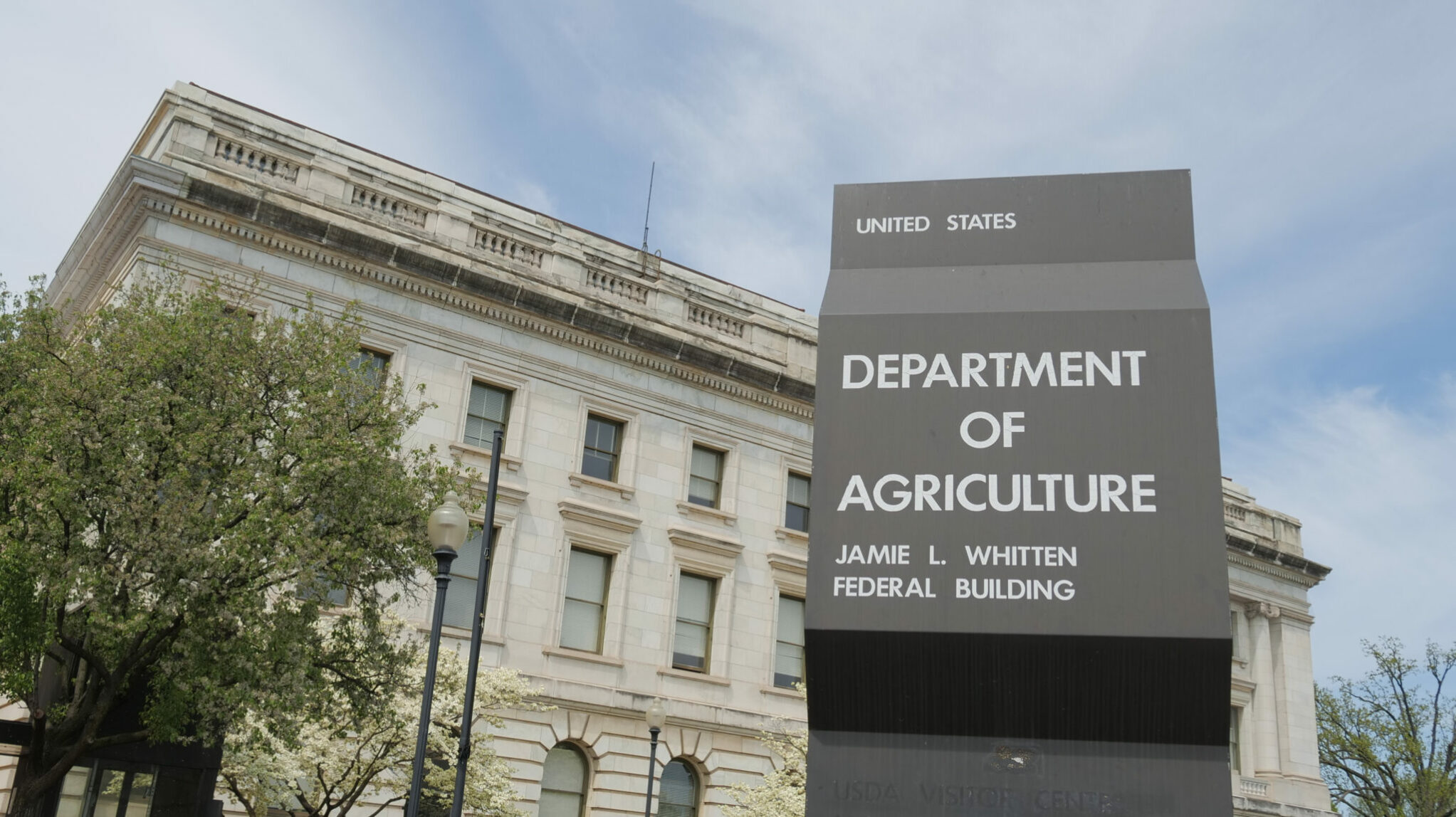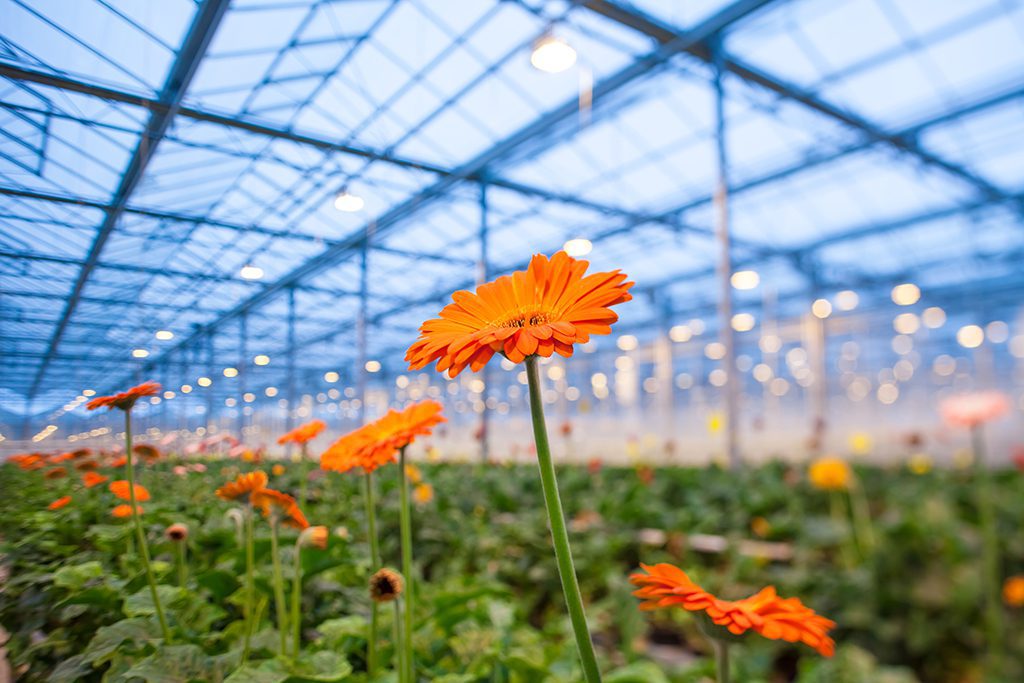
Last week, the United States Department of Agriculture (USDA) announced it is making changes to the Coronavirus Food Assistance Program 2 (CFAP 2) — and for growers, it’s a new opportunity to leverage the maximum amount of aid they could be eligible for.
Last year, in a major win for the industry’s flower growers and the retailers, wholesalers and suppliers who depend on them, the U.S. Department of Agriculture made nursery crop and cut flower farms eligible for financial aid from CFAP. A direct result of a robust advocacy campaign led by the Society of American Florists and a coalition of other industry trade associations, the news marked the first time USDA has ever provided such direct assistance to the floral industry.
The new USDA guidance announced last week changes allows sales-based commodity producers to substitute 2018 sales for 2019 sales as a comparison to 2020 COVID-impacted sales in order to demonstrate harm. This can include 2018 crop insurance indemnities, 2018 crop year Noninsured Disaster Assistance Program (NAP) payments, and Wildfire and Hurricane Indemnity Program Plus (WHIP+) payments. Previously, producers were only allowed to use 2019 sales in their payment calculation.
Floriculture growers who applied and received payments through CFAP 2 should review their 2018 vs. 2019 revenue numbers and amend their application if 2018 revenue was greater. Growers who have not taken advantage of the program yet can still apply.
“I encourage all growers to take a fresh look at their CFAP application — and if you haven’t applied yet, there is still time to access this aid,” says SAF Senior Lobbyist Joe Bischoff.
Eligible producers can apply or modify their application through their local FSA office; the deadline is Oct. 12, 2021. For more information on on how to apply or modify applications, go to the USDA website. Questions? SAF is here to help. Contact SAF via LiveChat.
Katie Butler is the senior vice president of the Society of American Florists.


